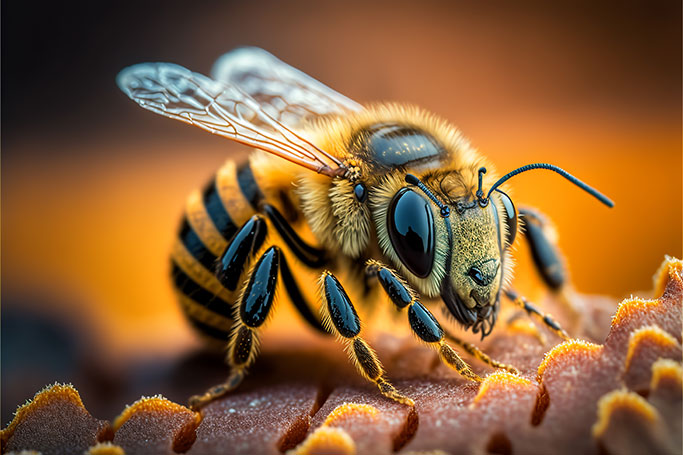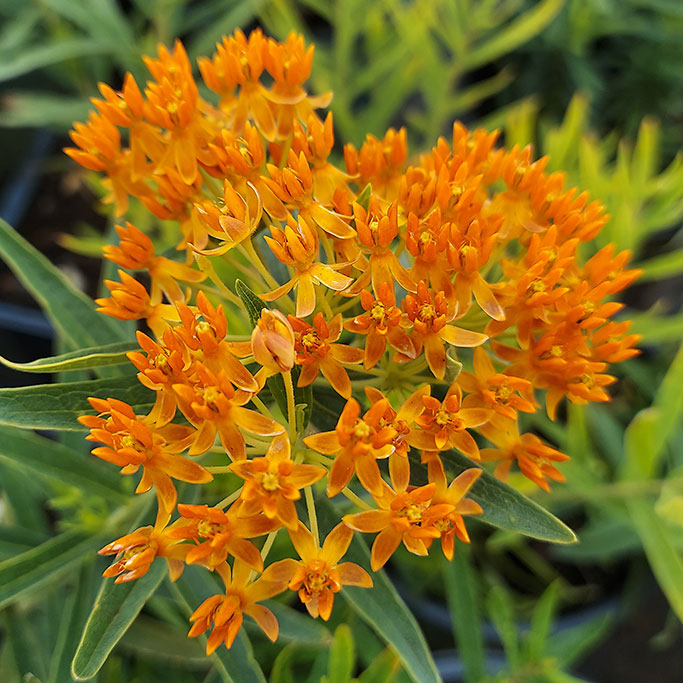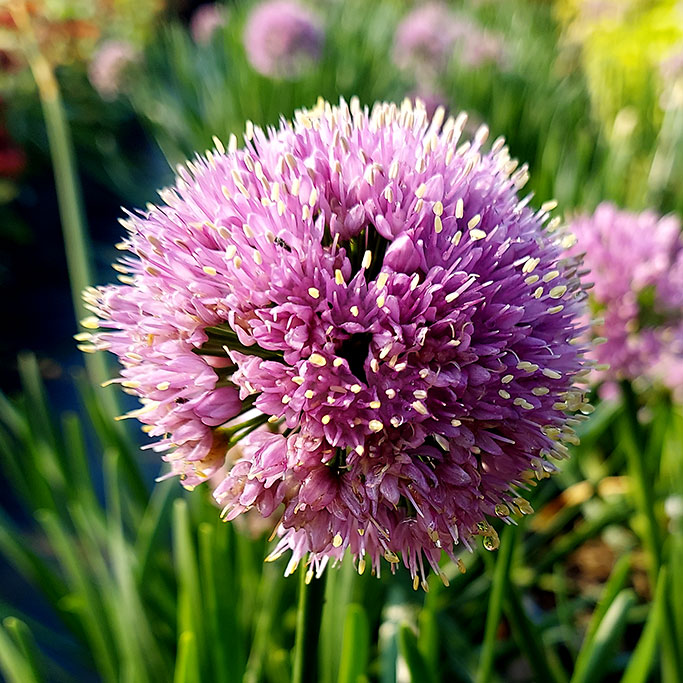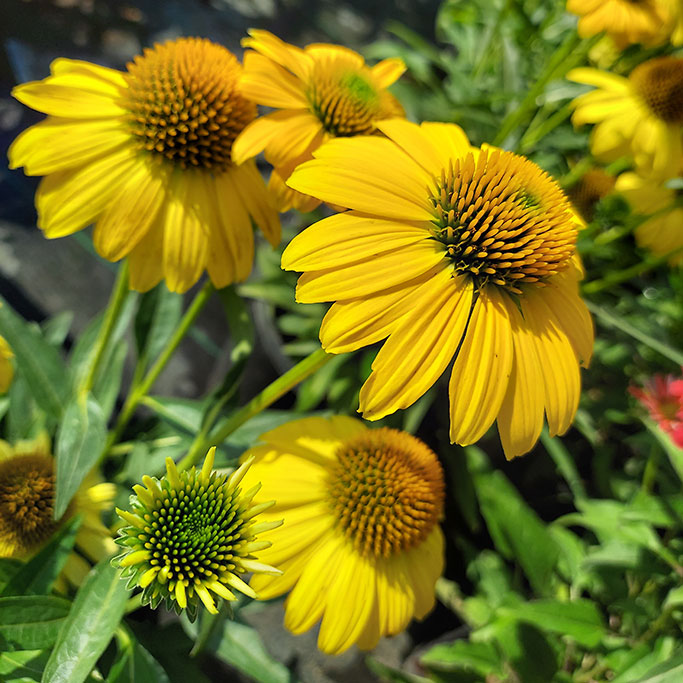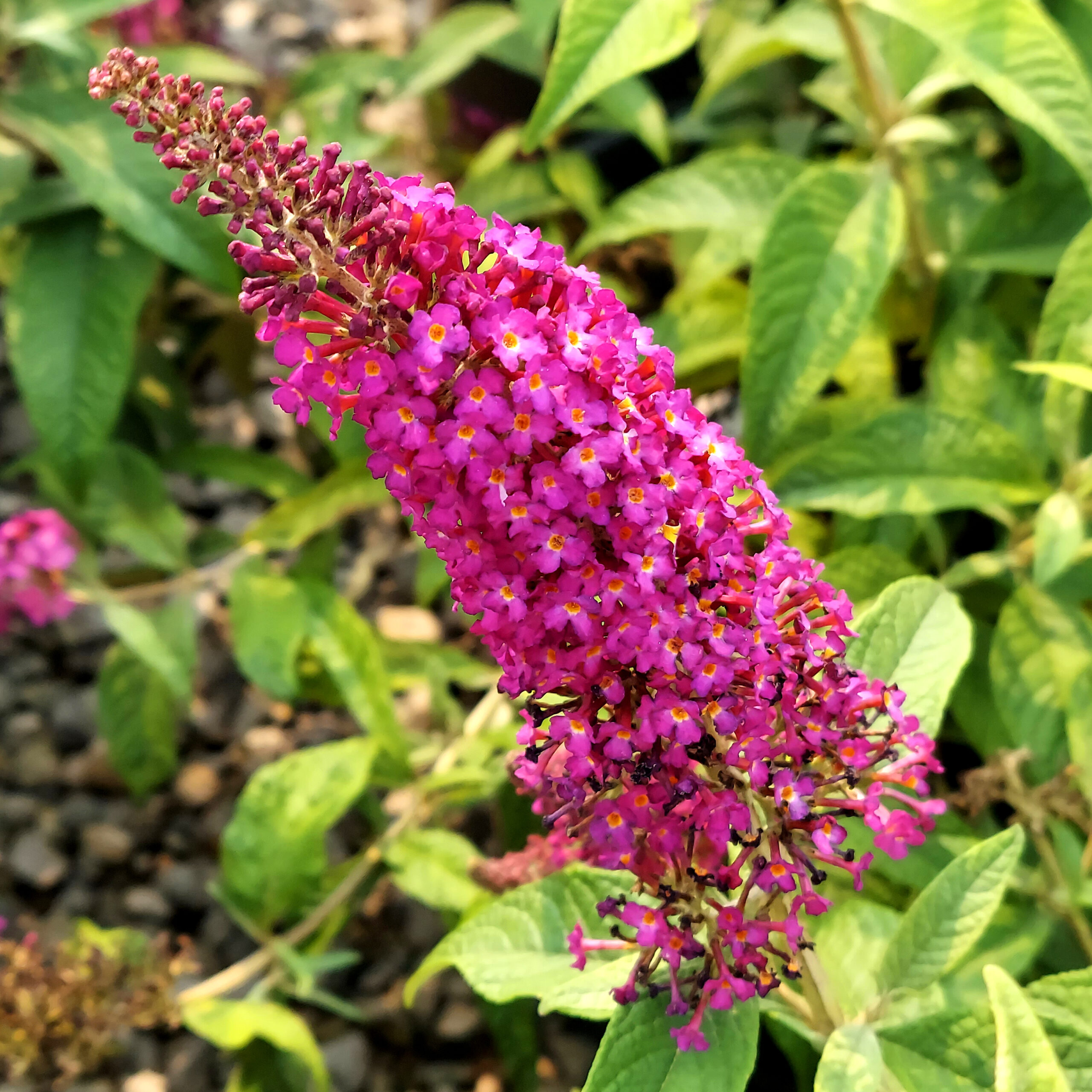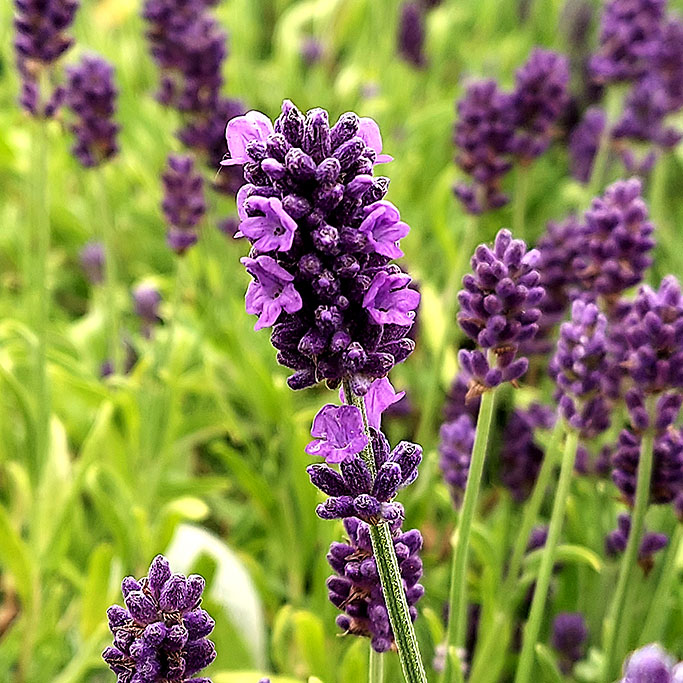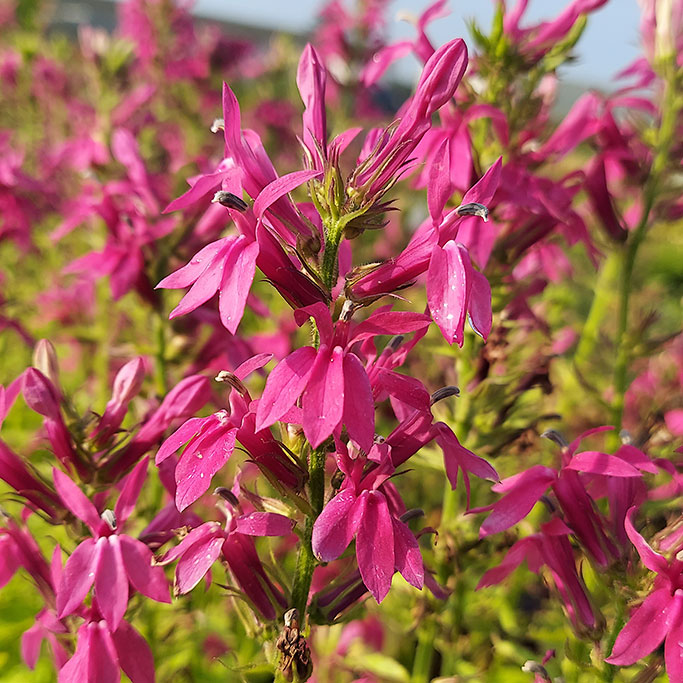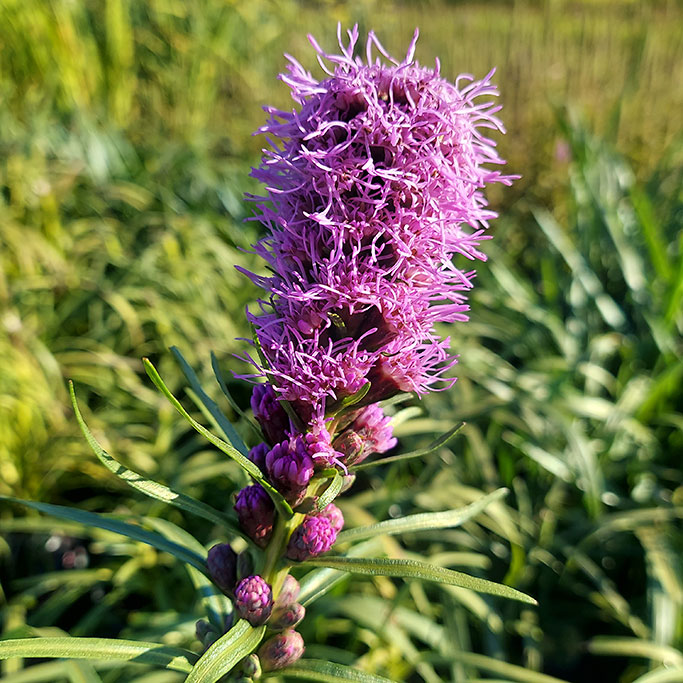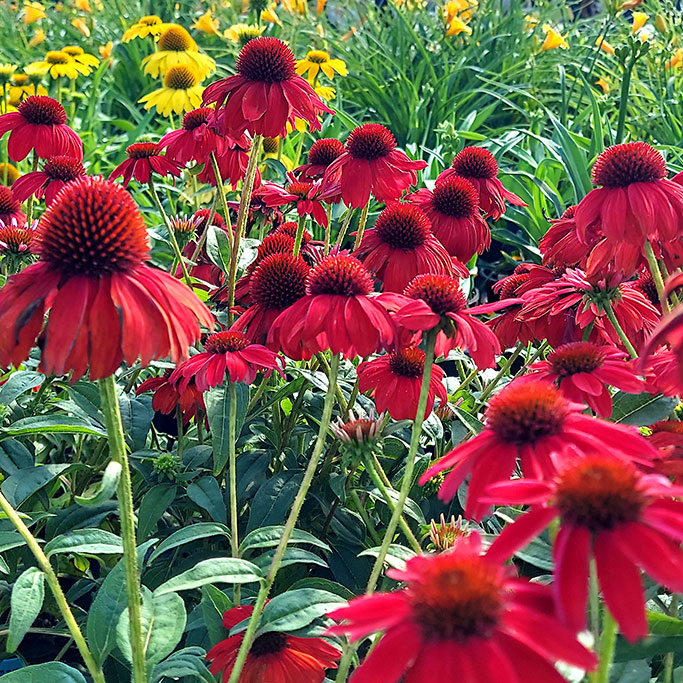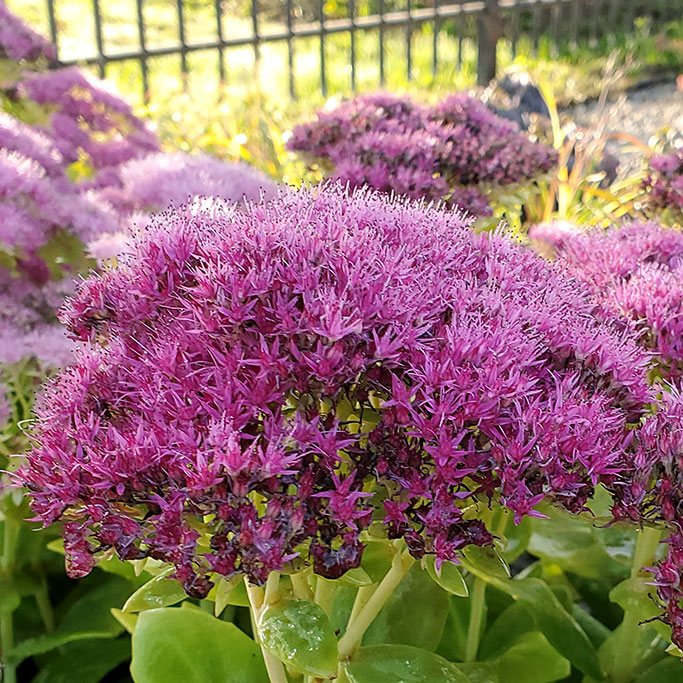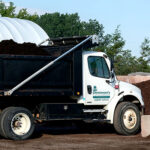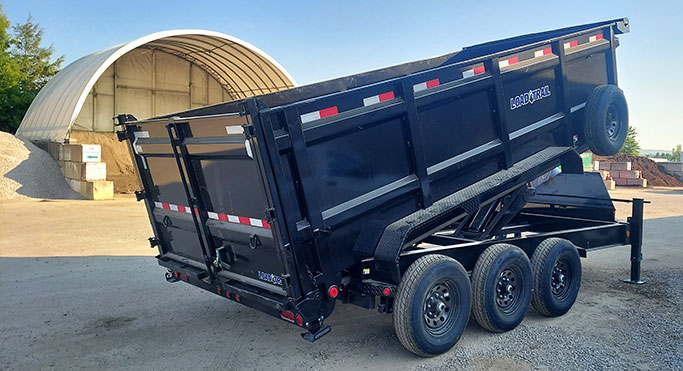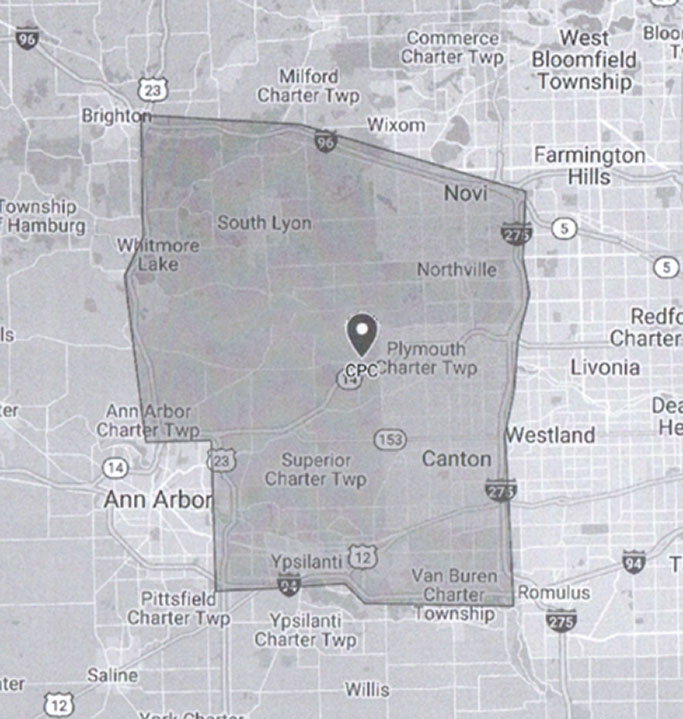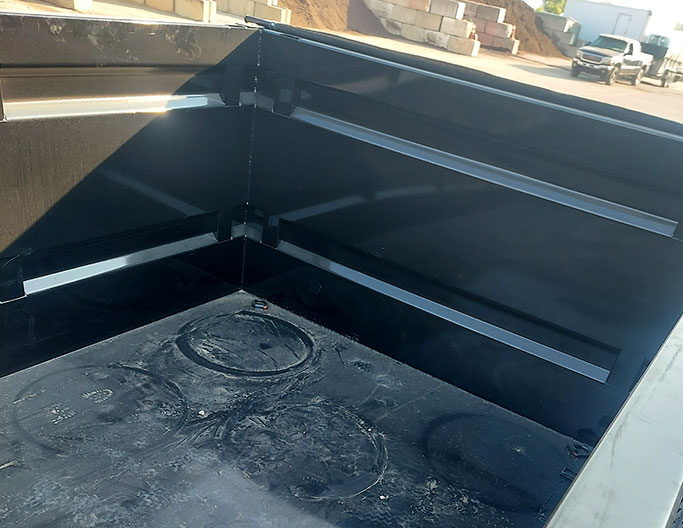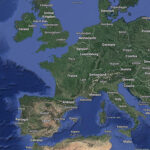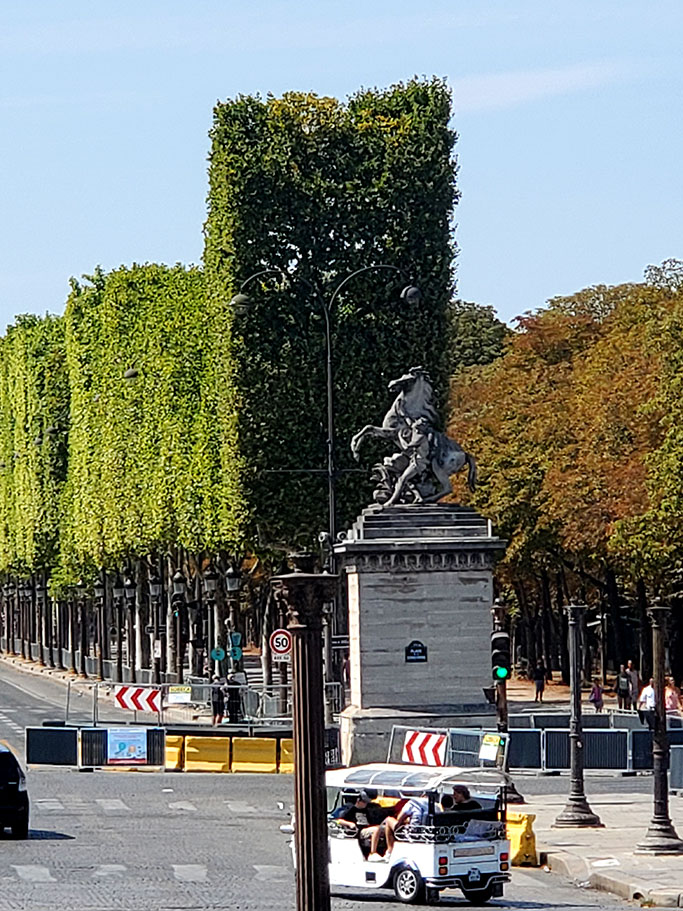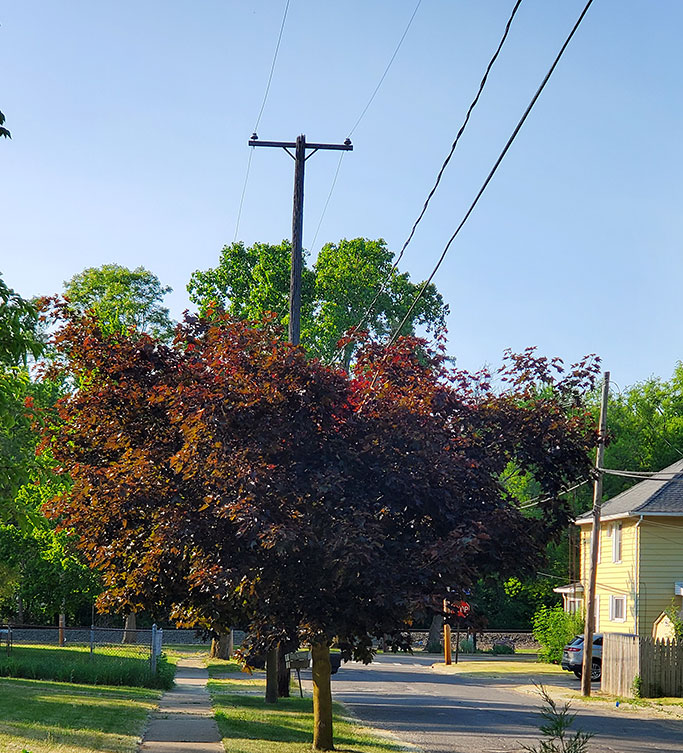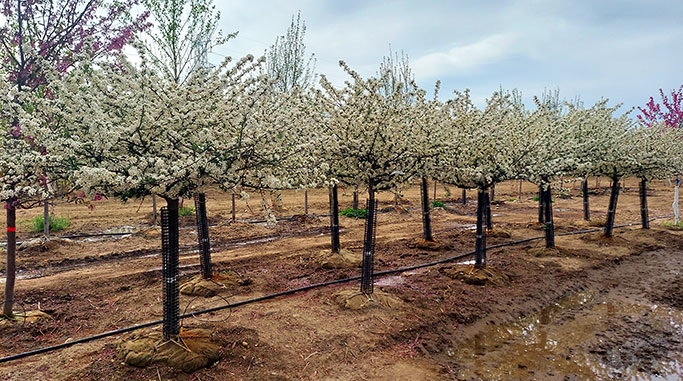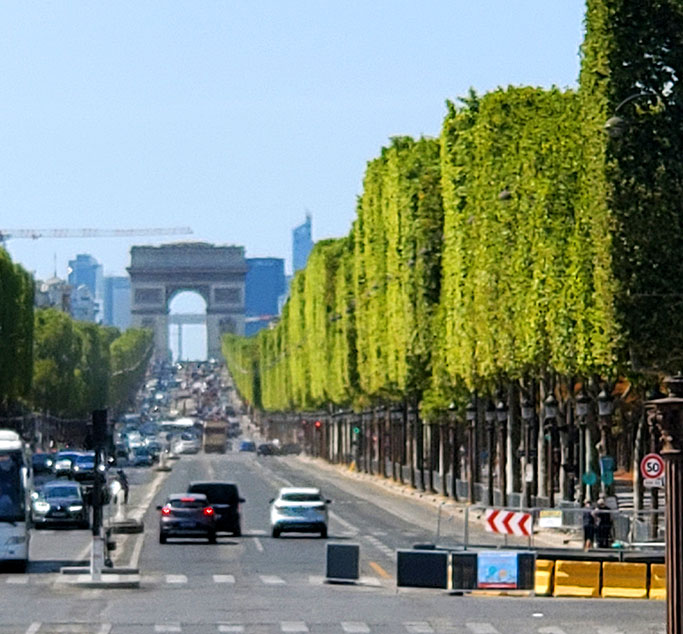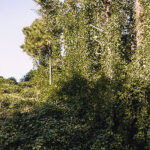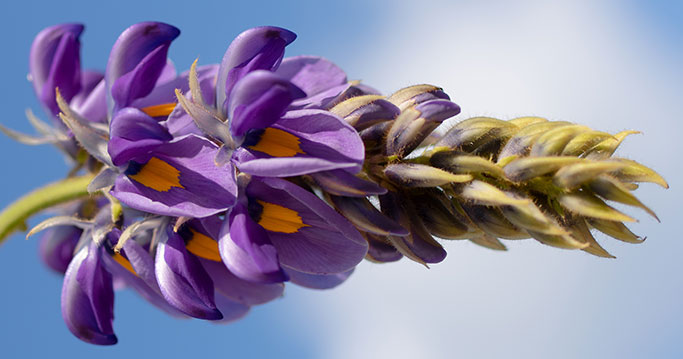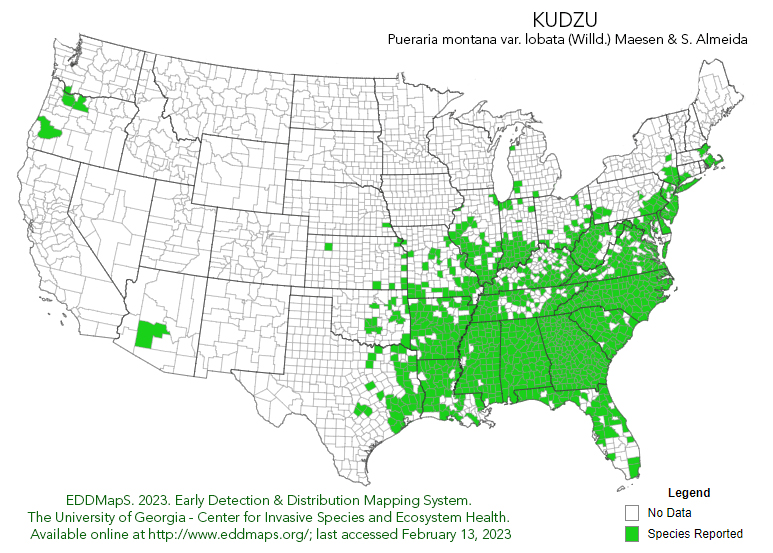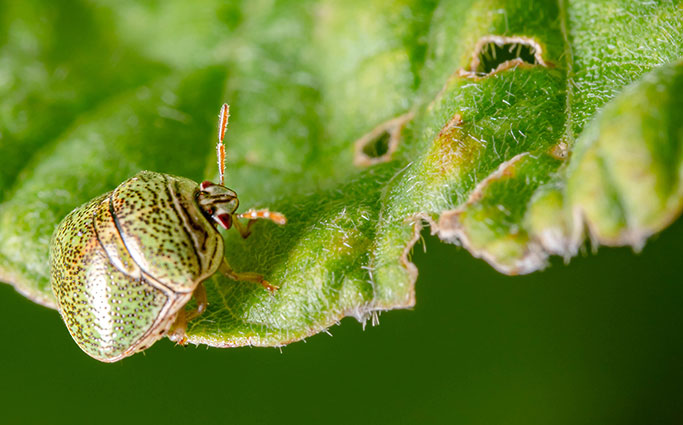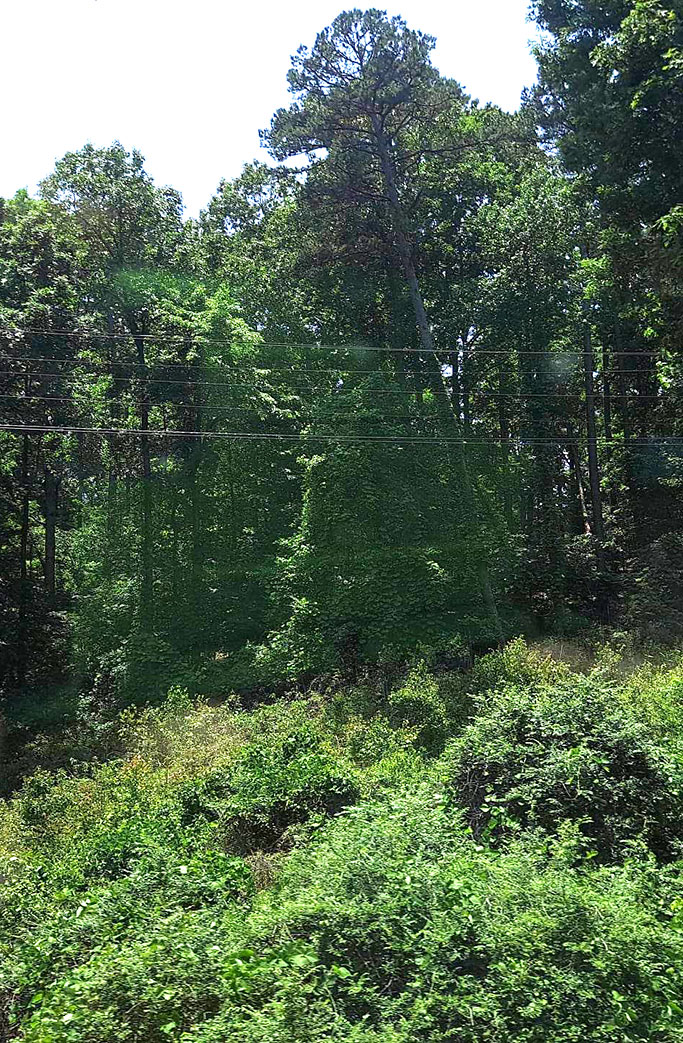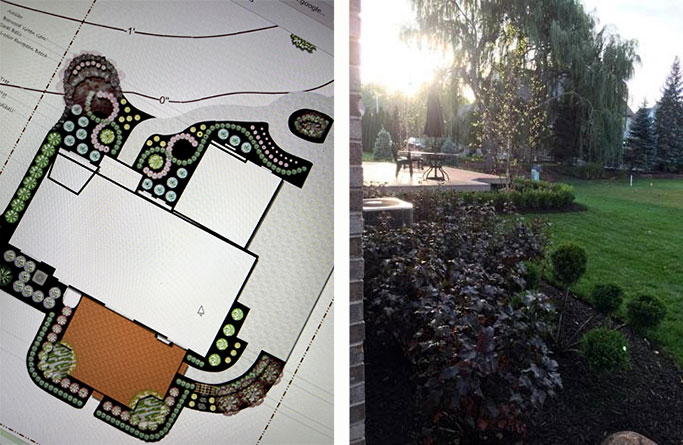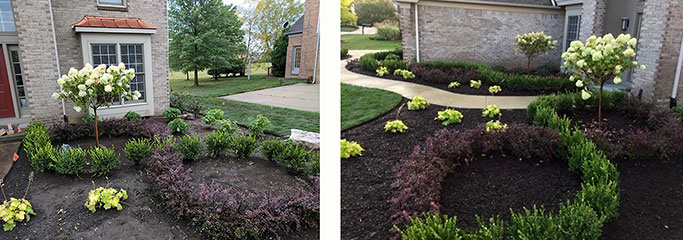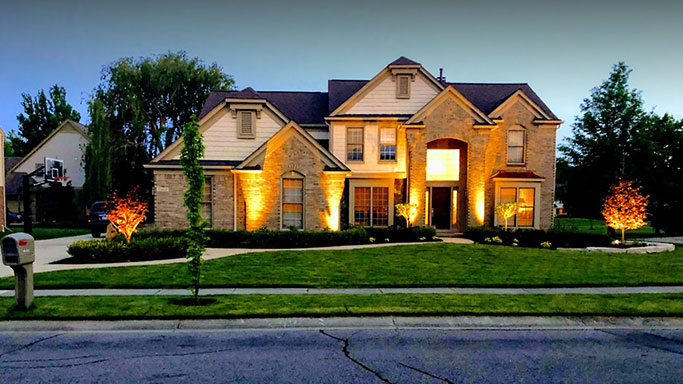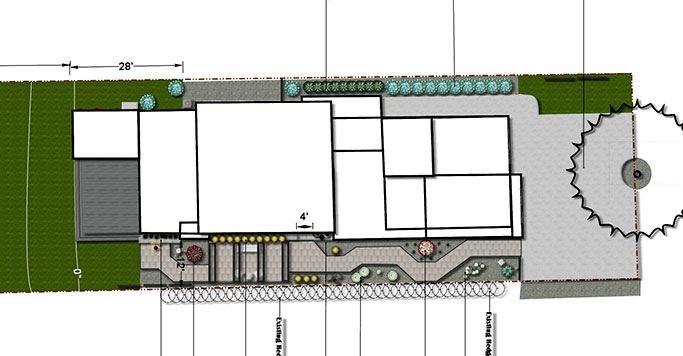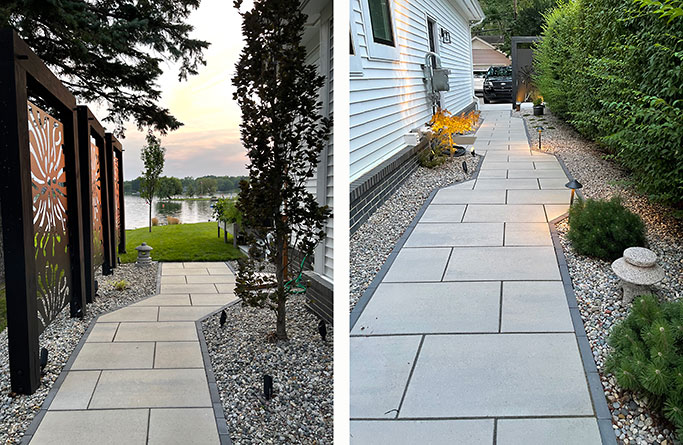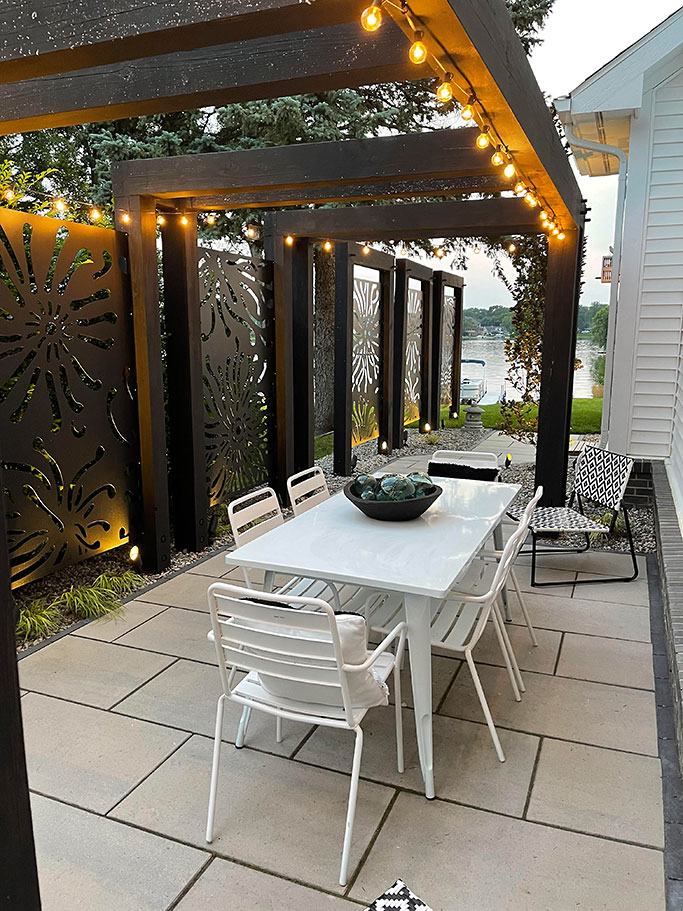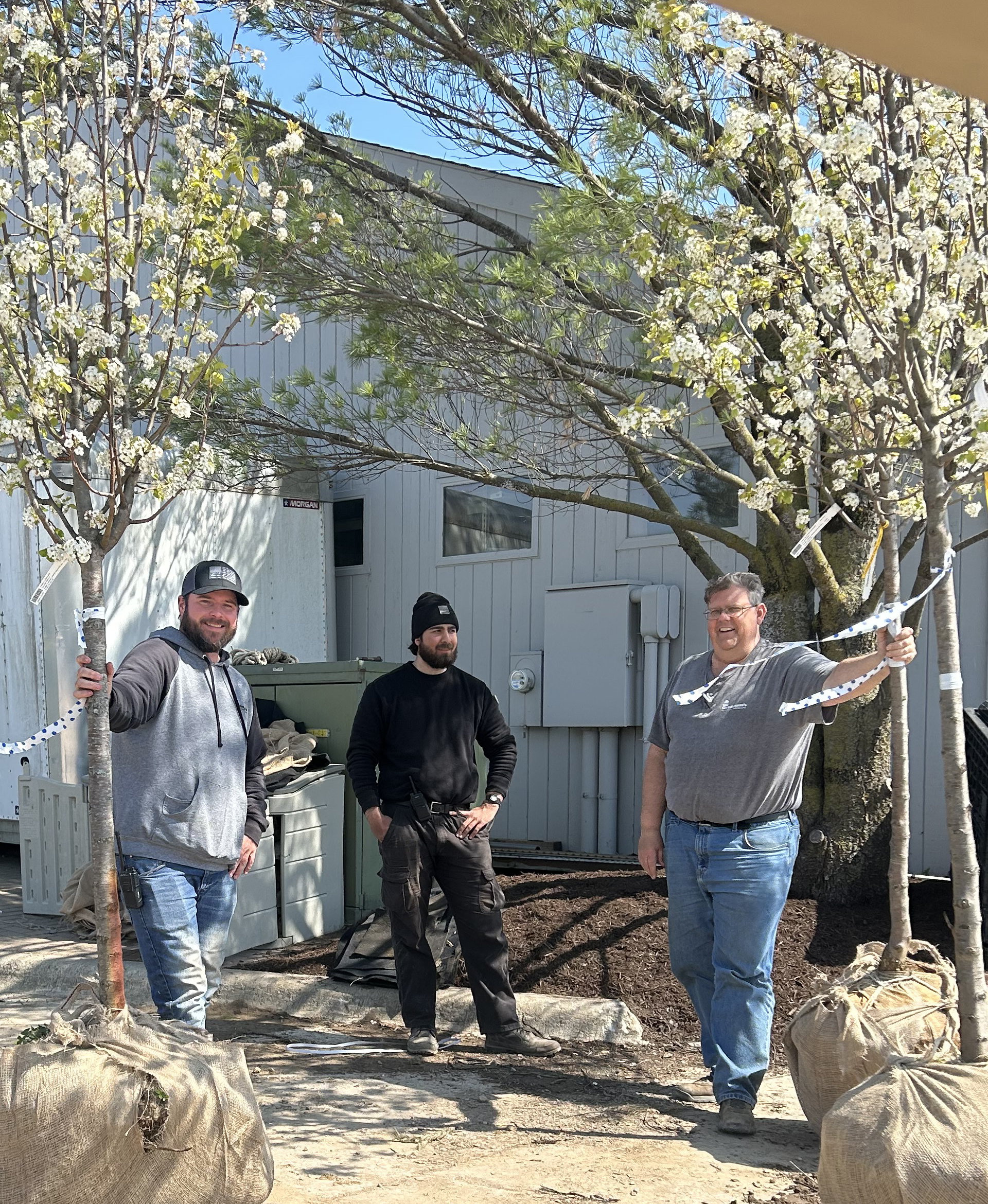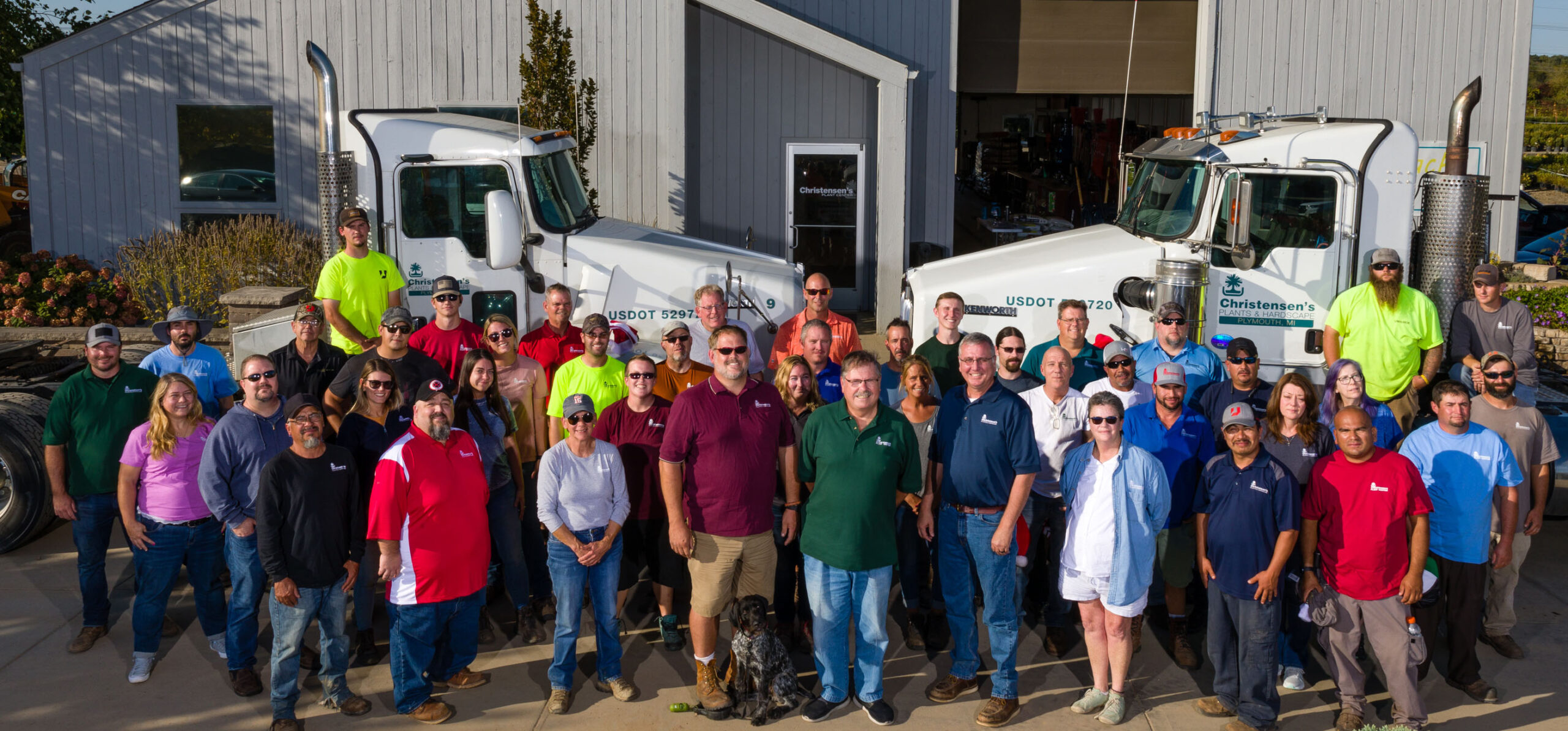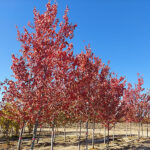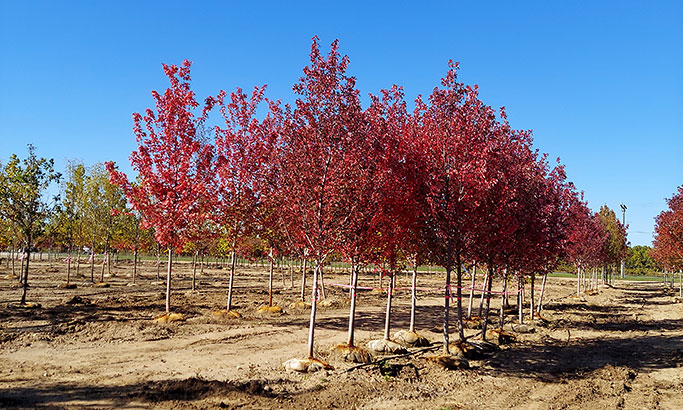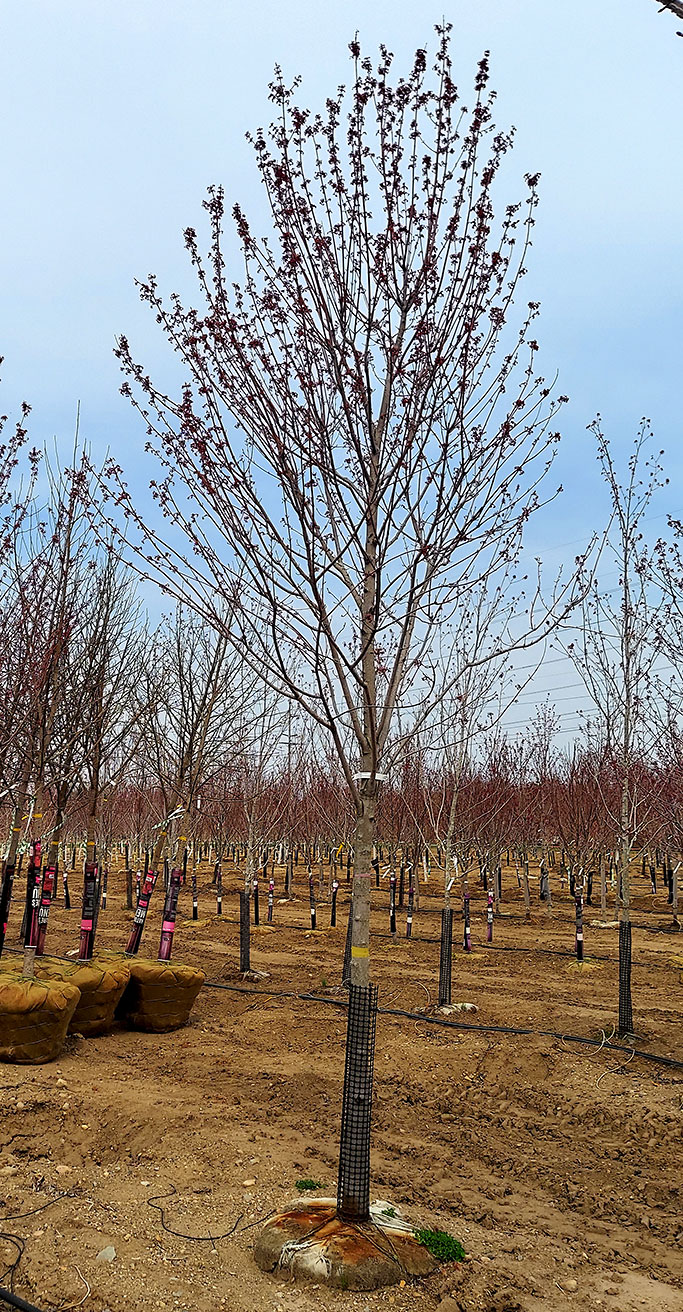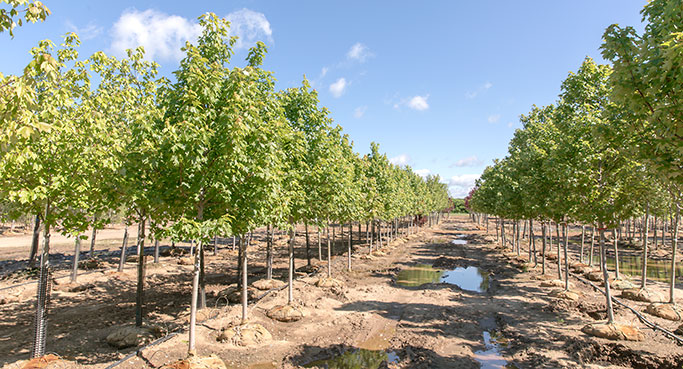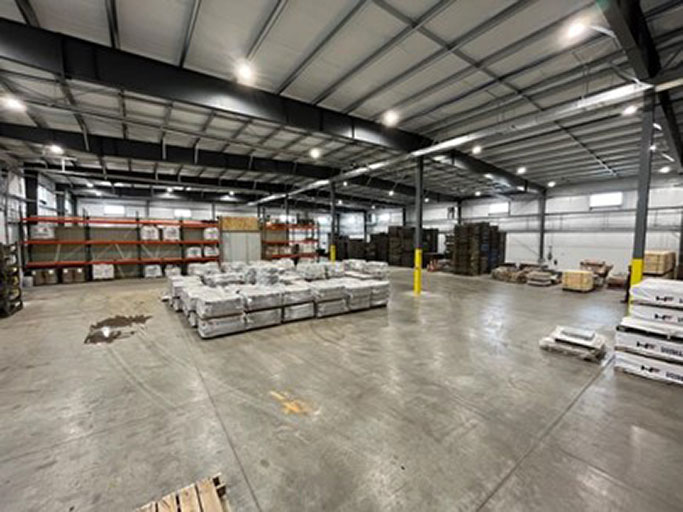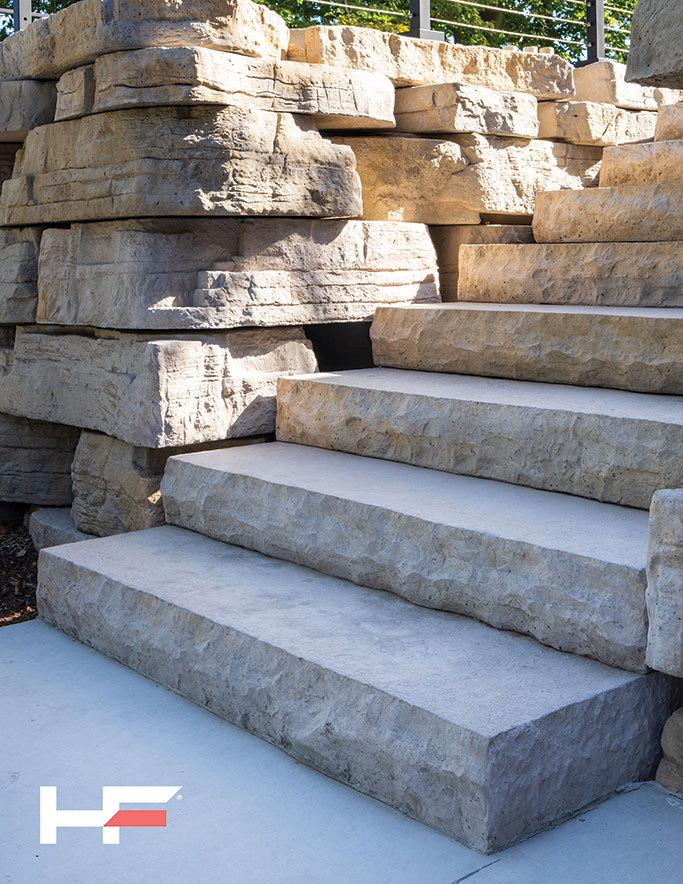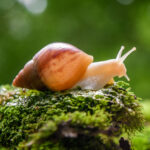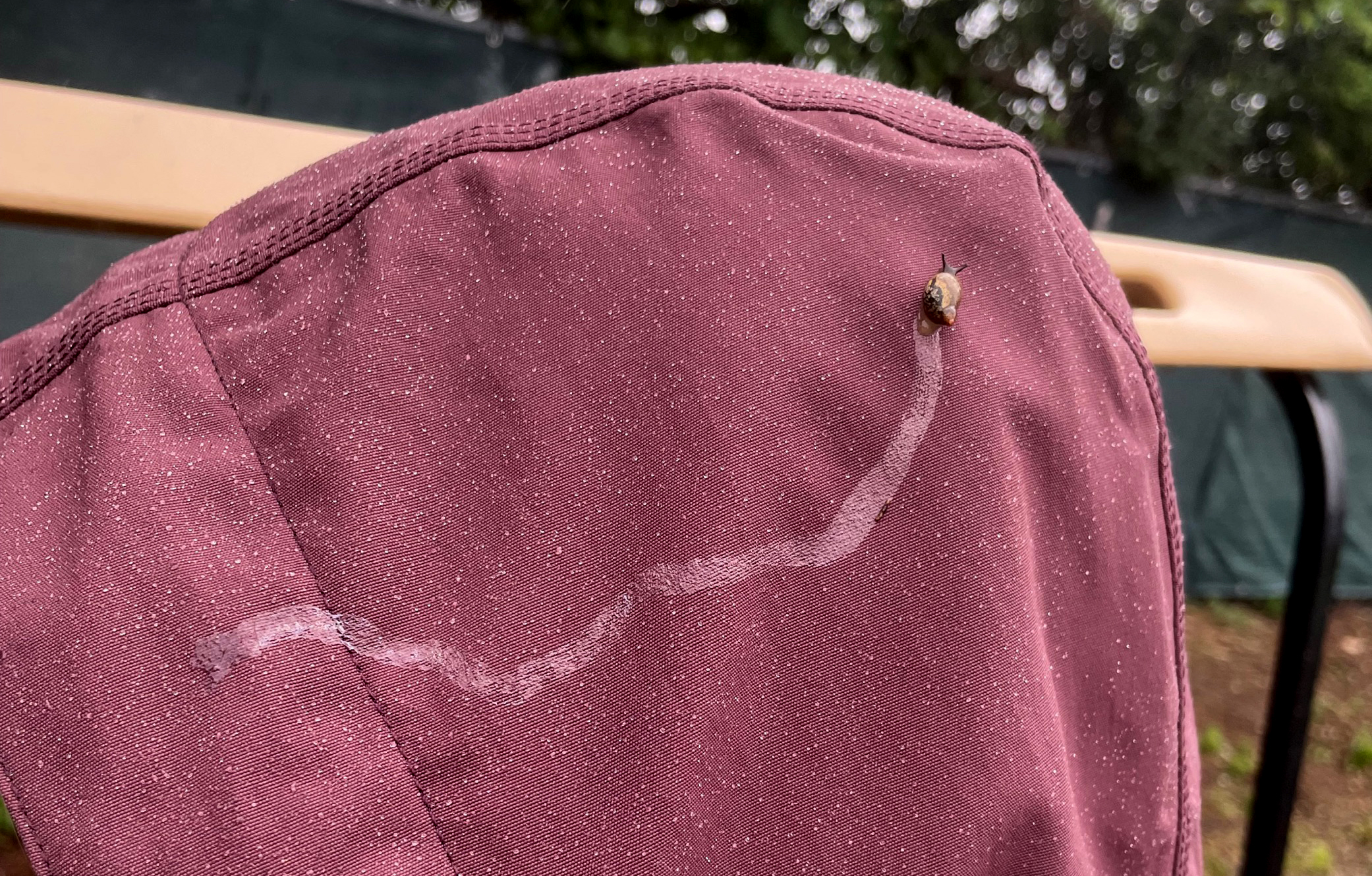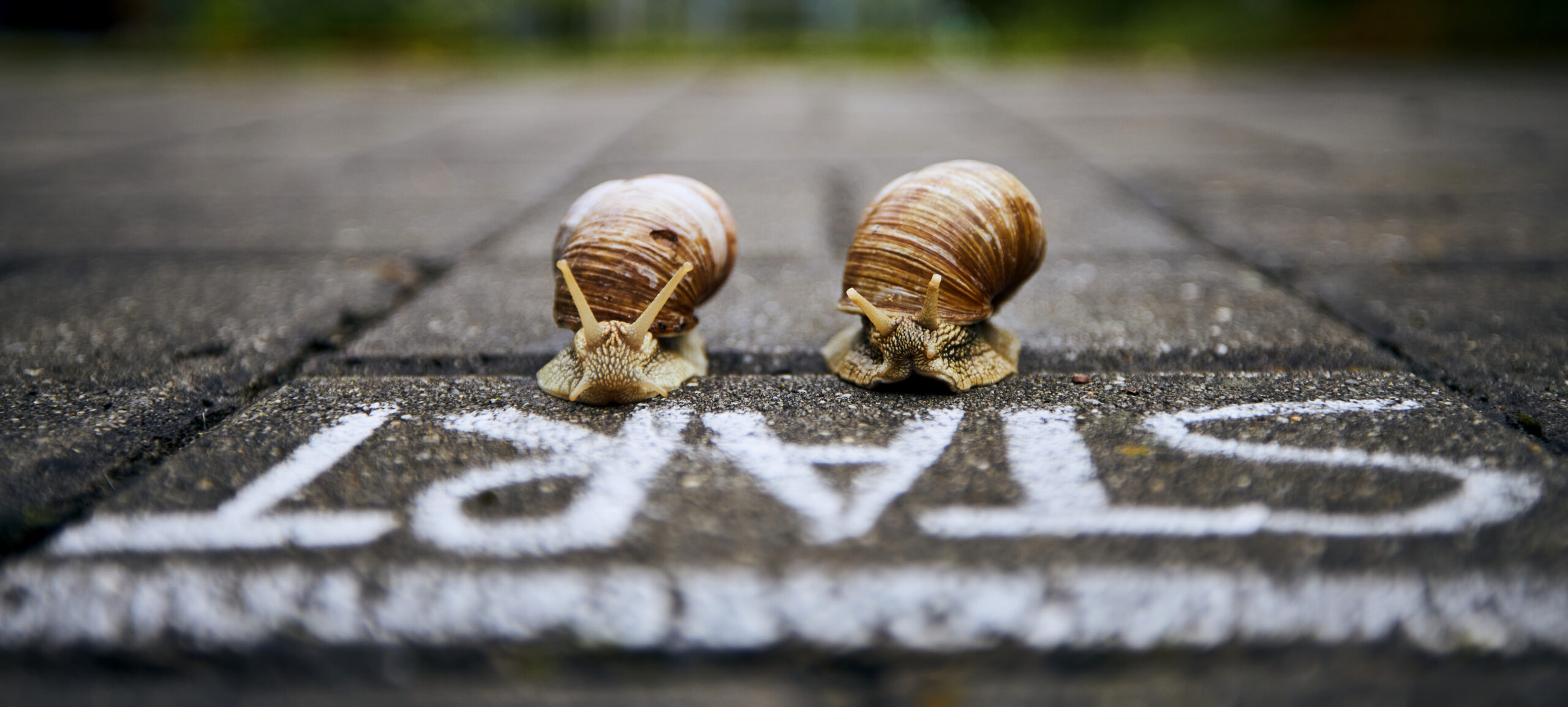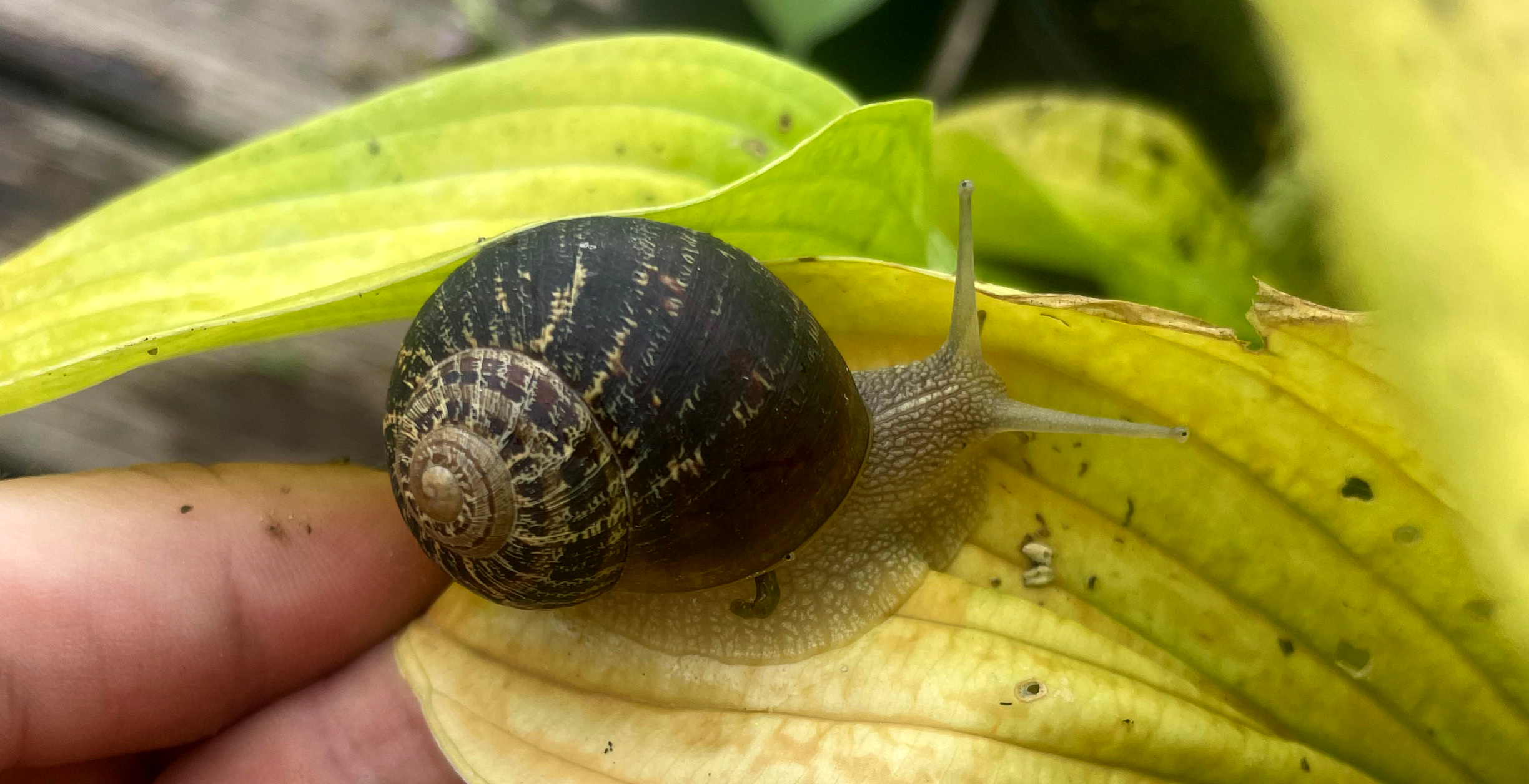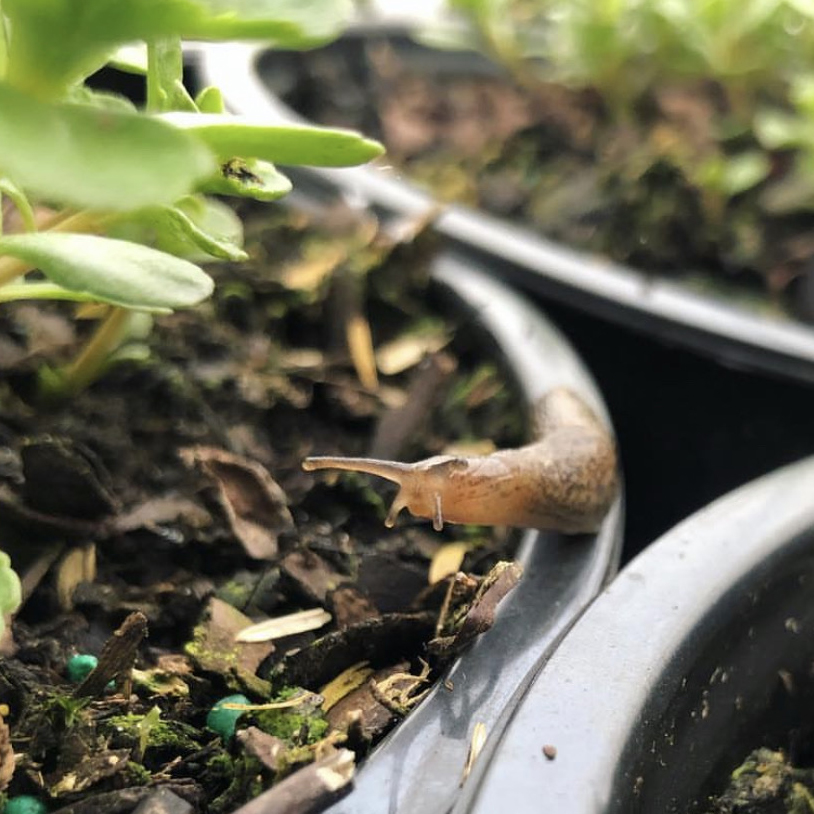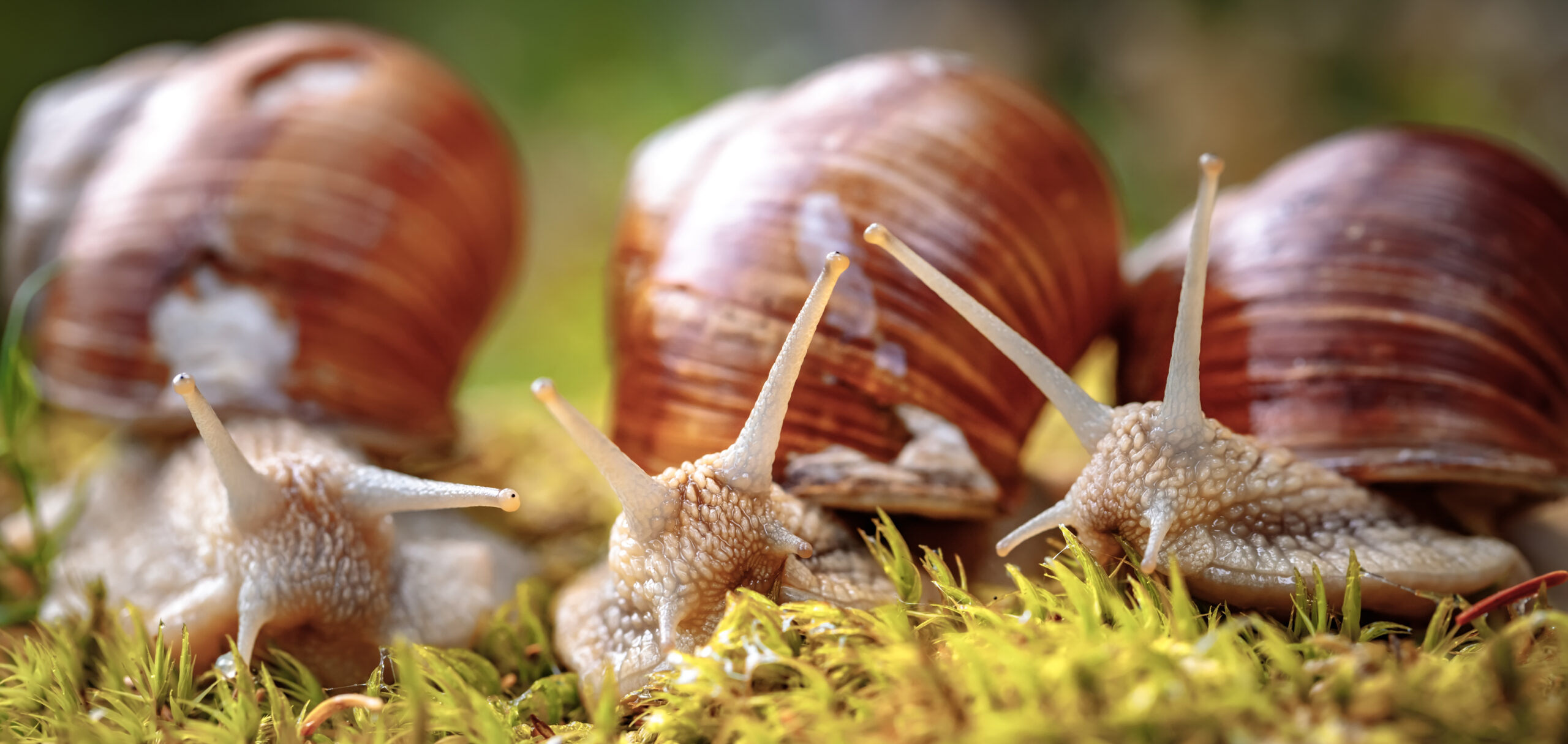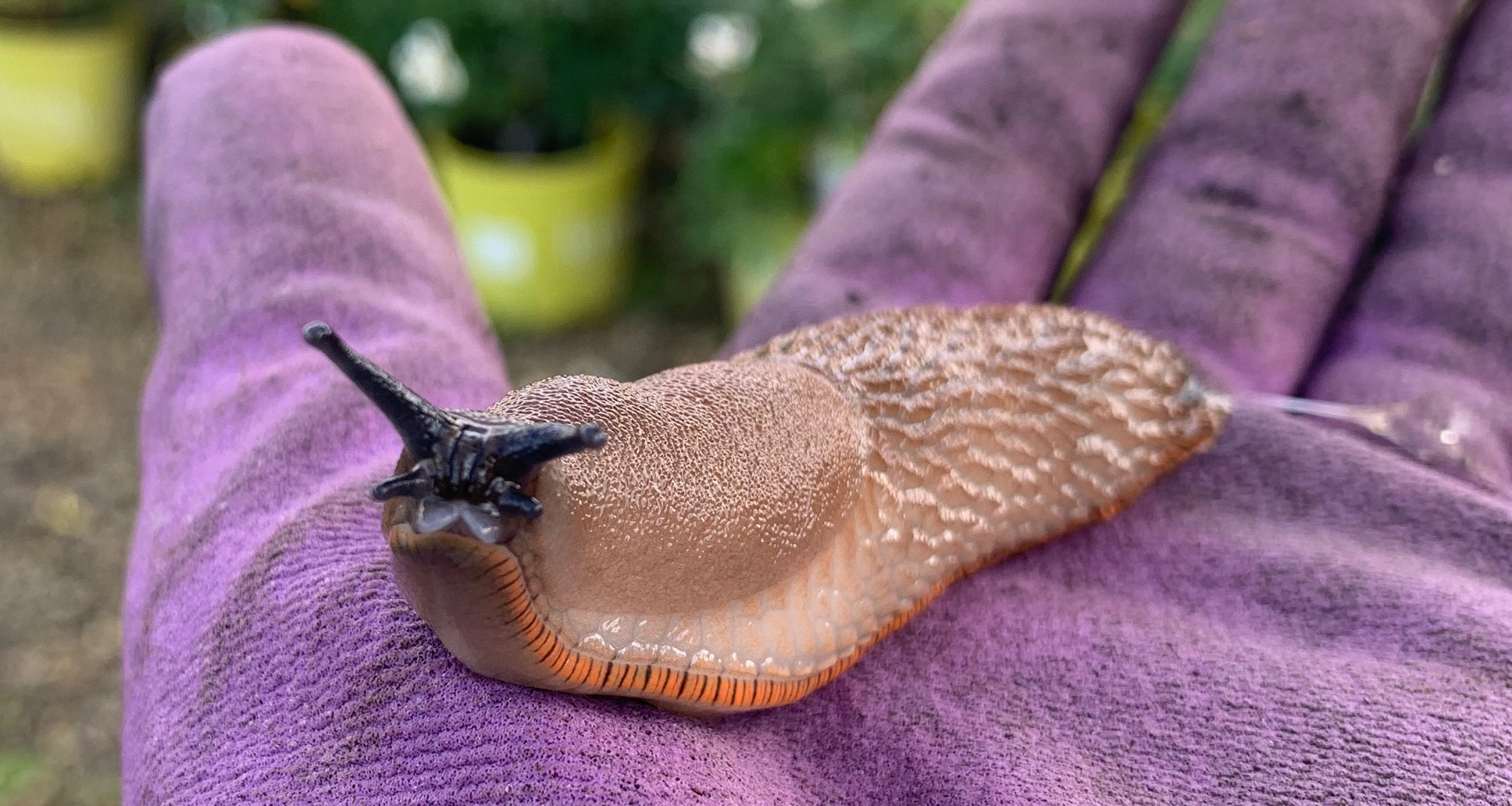Marketing is like magic. Magic is all about misdirection and sleight of hand. The performer will have you so focused on what the left hand is doing so that you never notice the right foot. Marketing can be very similar, focus on the positive and redirect from the negative. Everybody, I’m sure, remembers the expandable garden hose craze. For $25, they were great! Until you got 1 teeny tiny little hole, but nobody mentioned that the stretching feature comes at a cost of durability. Concrete wall and pavers are in the same boat, they have been advertised and promoted as low maintenance, especially compared to traditional wood decks. But what does that really mean, low maintenance? Let me redirect your focus over here then.
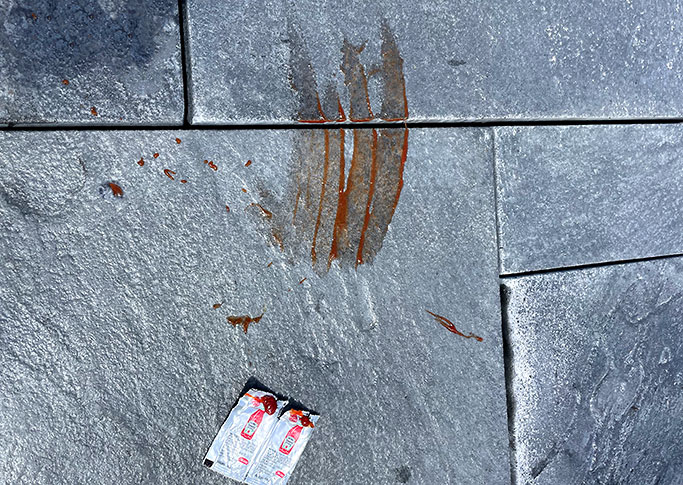
‘Low’ does not mean ‘none’. And, that does not always mean quick and easy, either. Concrete is a sponge; its pores will trap all sorts of dirt and debris. Rusty water, red soda stains, tree sap and salt residue are just a few examples of what your concrete products can soak up. This does not affect the strength or longevity of the brick but it sure can alter the color and appearance of it. To bring it back to almost a new appearance you will need to wash it!
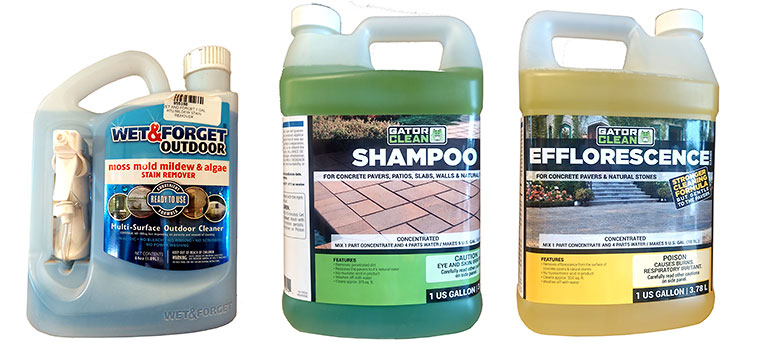
So how does one wash a brick? It does not involve any toothbrushes or mops, but it does involve some specialized cleaners depending on the stain or material you are trying to wash away. Not all, but most chemical cleaners have some small amount of acids in them, this is why you rarely need to scrub the concrete. The cleaner is designed to either soften or dissolve the materials, then simply rinse away with a garden hose. But with that dissolving effect comes a warning, left for too long or too strong of a mix could start to dissolve the concrete’s smaller particles which will leave the concrete pitted and appear much more aged. Always test on a small obscure place on the concrete to test the effects. There are cleaners that specialize in gum, oil, tar, rust, and organic material like food condiments and popsicle drippings.
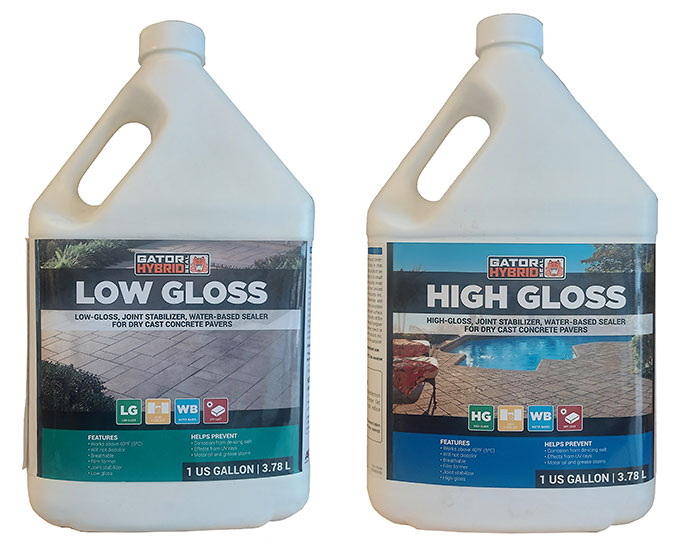
After the cleaning, you now have an opportunity to seal the concrete, if you so desire. Years and years ago you would have to wait 6 months to a year for the efflorescence to work its way out of the concrete. Back then the sealers were not breathable, they trapped everything in. Now they have water based breathable sealers that can be applied shortly after installation. But why would one want to seal the concrete, especially if you can simply clean it? Think of sealer like shoe shine, it helps protect the shoe’s material while it helps to improve the appearance. It will make cleaning stains much easier as well as help maintain or enhance the color of the concrete. This could be very important around cooking and dining areas. You don’t have to seal every year, maybe not even every other year, but you will have to reapply again at some point to maintain the same protection and appearance.
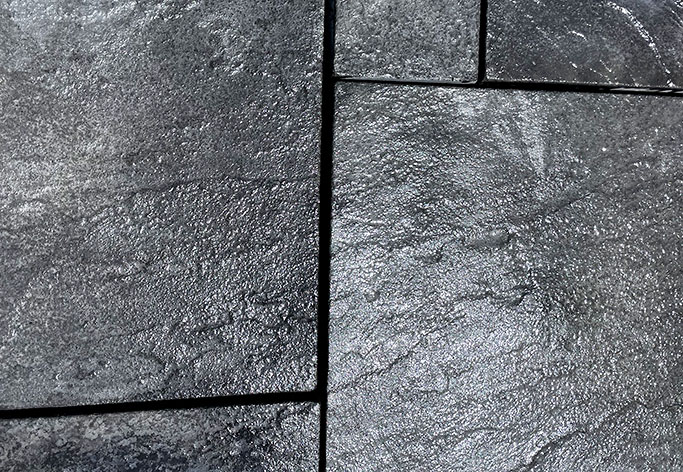
Sealing can be both a blessing and a curse. It is so nice to take the hose to a grape jelly blob and simply hose it away. But you may have one more thing to add to an ever-growing list of springtime chores. I choose to live dangerously; I go sealer free. But I also have an amazing washing system, a yard full of kids and a hose. The car, house, dog, tree, neighbor kids, and most times the patio get a good washing many times during the summer. But if you do not have a high fructose fueled (kids with popsicles) washing system like me, stop by the Hardscape Center and let us help you make your stains and grime disappear, magically!



